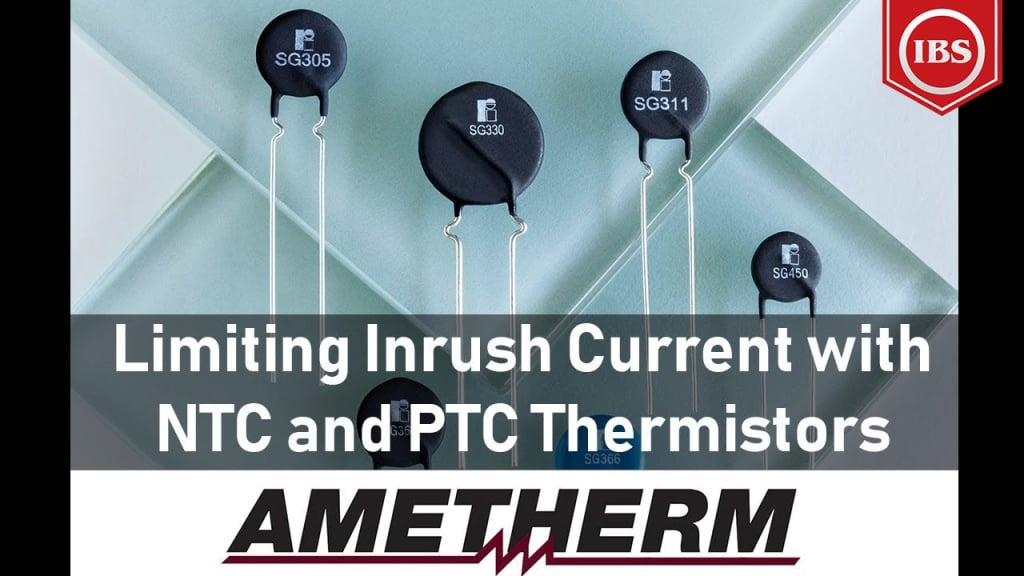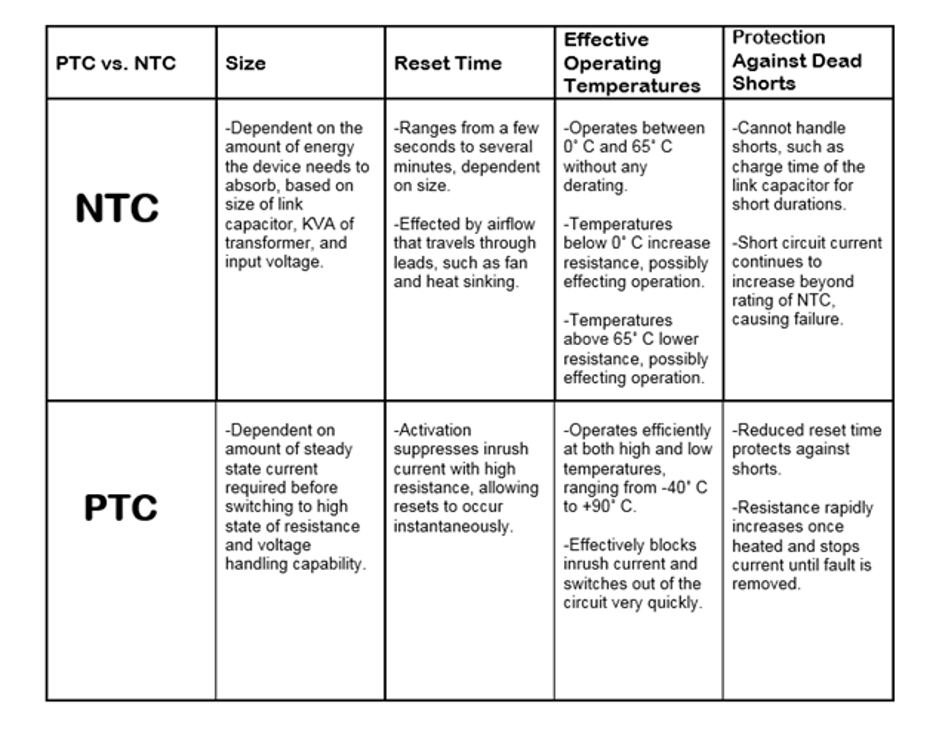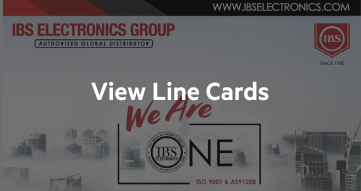
Whenever we turn on any electrical device or equipment, a small surge of current is always present. It doesn’t last long, but constant startups can damage your equipment. This is called inrush current, and it’s always been a challenge for engineers to design systems to allow inrush current while also ensuring it doesn’t cause harm to systems.
The applications affected by inrush current include AC electric motors and transformers; power converters; overcurrent-protection devices, such as fuses and circuit breakers; and equipment that rapidly turn on and off, such as welding equipment and HVAC systems. When the initial surge of current enters a device, it does so with a high inrush current that, if left unchecked, could damage the system and reduce its effective operating life.
One method to protect against this phenomenon is to embed components that can potentially react to the inrush current by overloading or short-circuiting the faults while not interrupting the overall circuit. Another problem that arises when looking for a component to add to the system is being able to absorb the heat. Because the inrush current can be twice or more than the rated current, this could heat up the components initially, as the current stabilizes. Designers seek a component that can function with all of this in mind.
Luckily, there is a solution to this problem. Positive Temperature Coefficient (PTC) thermistors and Negative Temperature Coefficient (NTC) thermistors are a perfect fit. These thermistors have a unique capability: Their resistance directly varies with their temperature. For the PTC, resistance is directly proportional to the temperature; for NTC, resistance is inversely proportional to the temperature.

Both are designed to protect various equipment from inrush current by navigating the primary problems. An NTC thermistor can limit the inrush current because when the circuit is closed, the resistance is high. As the system heats up, the resistance gradually decreases, allowing the inrush current to slowly decline, while allowing a suitable amount of current to flow through the device. However, a PTC thermistor helps create the opposite effect. Therefore, when designing the inrush current limiter, keep this in mind.
For designing inrush current protection on automotive, military, industrial, and emission controls that require high resistance at initial startup and a reset time that ranges from seconds to minutes, NTC thermistors are your go-to component. For equipment with near-zero reset time, extreme temperature conditions, and systems that experience frequent shorts, PTC thermistors are the better choice. To better understand the differences between PTC and NTC thermistors, the table below offers a more detailed comparison.

PTC and NTC thermistors vary in quality depending on how they are manufactured. When designing, you naturally want the highest-quality product for a reasonable price. Ametherm’s thermistors meet this standard. The thermistors are manufactured from a specially formulated, high-quality metal oxide ceramic material, which is extremely accurate in sensing temperature in measurement, compensation, and control applications. This contributes to a minimal loss in efficiency and an extremely fast response, thus effectively limiting inrush current and the issues it may cause. Ametherm’s thermistors are highly versatile components suitable for a wide range of applications, including medical, industrial, automotive, HVAC systems, and aerospace. The thermistors feature:
- Wide ohmic value range
- Accurate and stable performance
- Fast thermal response time
- Tight tolerances and high sensitivity
To learn more, explore Ametherm’s PTC and NTC thermistors.
Why We Are One
For over 40 years, IBS Electronics Group has provided a broad range of integrated supply chain and electronicsmanufacturing solutions tailored specific to our customer's operations. As your one source for the industry’s top brands all in one place, our engineers specialize in reducing supply chain complexity and are here to provide you with dedicated support from prototype to production.




.png)


.png?resizemode=force&maxsidesize=96)